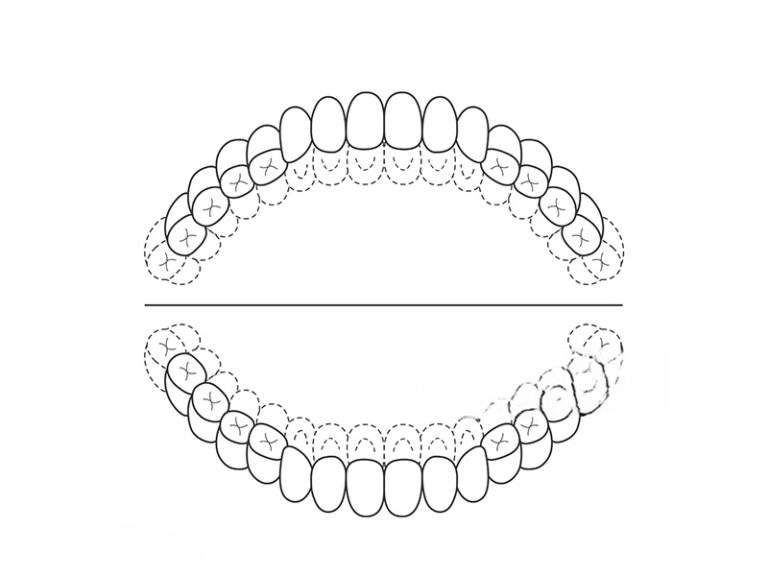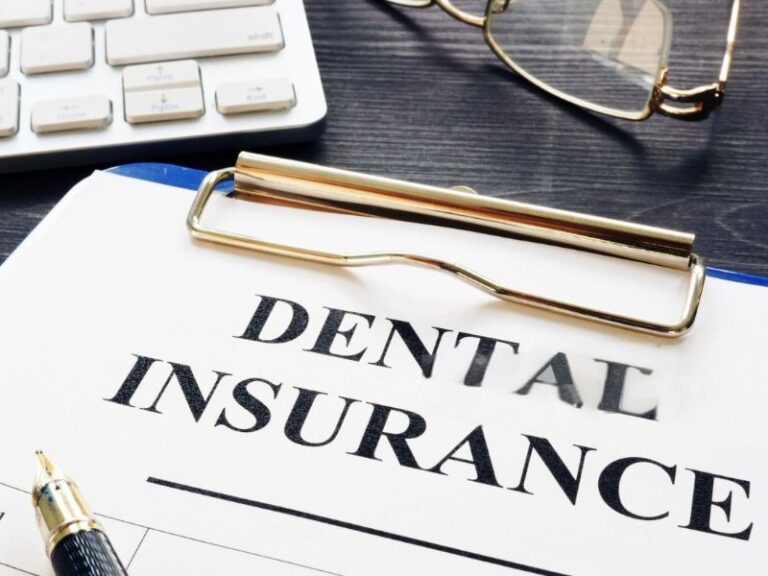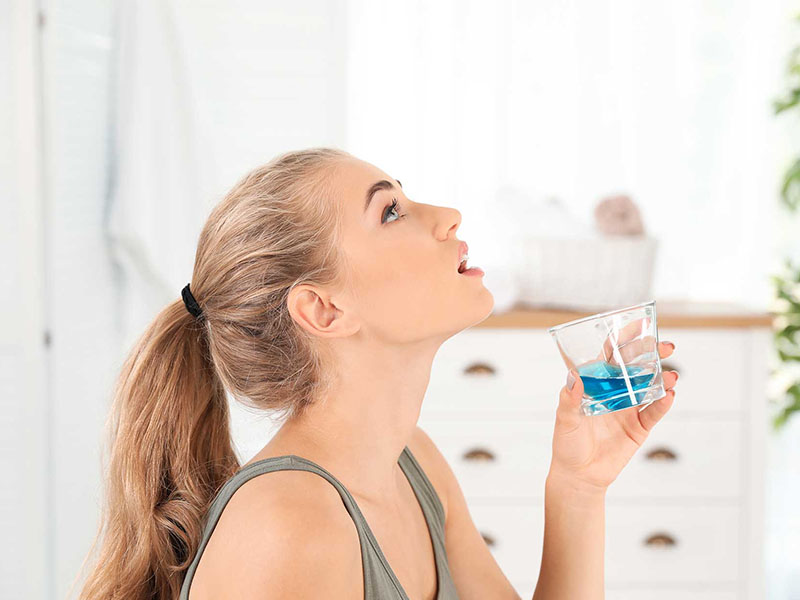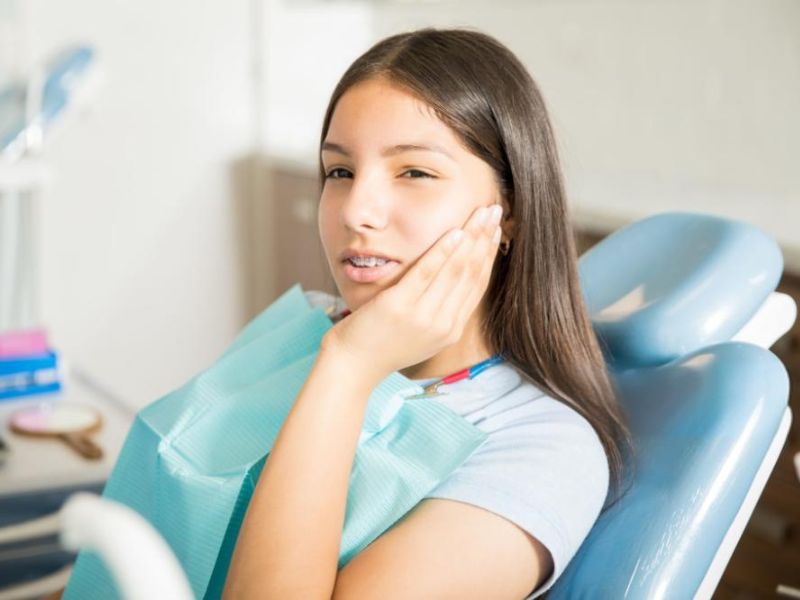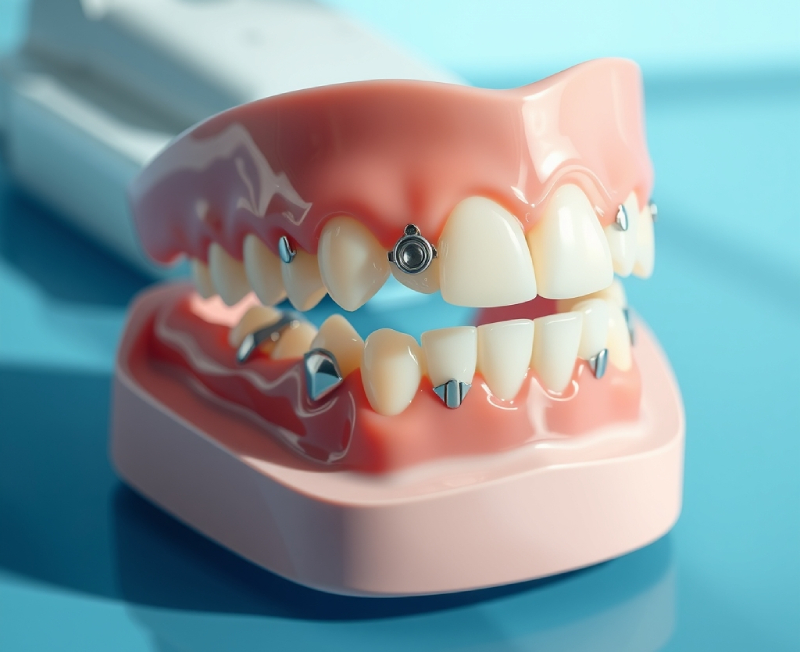
Demystifying Partial Denture Clasp Types: A Simple Guide to Design, Function, and Choosing What’s Right
Knowing about partial denture clasp types isn’t just something for dentists. If you’re missing teeth, or you help care for someone who is, understanding the way removable partial denture clasps work can help you make better decisions. This straightforward guide will break down the different types of clasps and explain why they matter for comfort, looks, and your dental health. You’ll see how picking the right clasp means fewer denture troubles and a happier smile. Let’s get started!
Table of Contents
What Are Partial Denture Clasps?
Partial denture clasps are small hooks or arms that keep a removable partial denture (RPD) in place in your mouth. They grab onto your remaining real teeth, called abutment teeth, and hold the denture steady.
Picture your denture like a rope bridge. The clasps are like the ropes that keep it steady and anchored. Without good clasps, your denture might slip or fall out when you eat or talk.
There are many types of clasps in dentures. Some popular ones are the Akers clasp, I-bar clasp, and RPI clasp assembly. Which one is best? That really depends on your mouth, teeth, and even your own style.
Why Do Partial Denture Clasps Matter?
One of the most annoying things about dentures is when they loosen or slide around, especially when you’re eating. Badly made clasp arms might rub on your gums, hurt, or even damage the teeth they grab. When dentures don’t fit right, you might get embarrassed or shy away from eating your favorite foods.
Here’s why picking the right clasp matters:
- Retention – Keeps the denture from sliding or falling out.
- Support – Stops the denture from pressing too much on your gums.
- Stability – Holds the denture steady so it doesn’t move around.
- Esthetics – Helps your smile look natural by hiding metal parts.
If you ever had a denture that didn’t feel right, those little clasps were probably the reason. Knowing about them helps you find something that fits your life.
What Parts Does a Partial Denture Clasp Have?
A clasp assembly isn’t just a single hook. It’s actually made up of a group of parts that each do their job.
Here’s a simple list:
- Rest — This sits on the tooth and supports the denture when you bite down.
- Minor Connector — This tiny piece links each clasp to the main frame of your denture.
- Retentive Arm — The “hook” that catches a notch or dip below the widest part of your tooth, grabbing on tight.
- Reciprocal or Bracing Arm — Sits against the tooth and keeps it from tipping or being squeezed.
- Clasp Tip — The very end that snaps into the groove or notch on your tooth.
All these pieces have to work together to keep your denture safe, steady, and comfortable. If one is missing or breaks, your dentures might start to feel loose or hurt. That’s why a good clasp assembly matters so much!
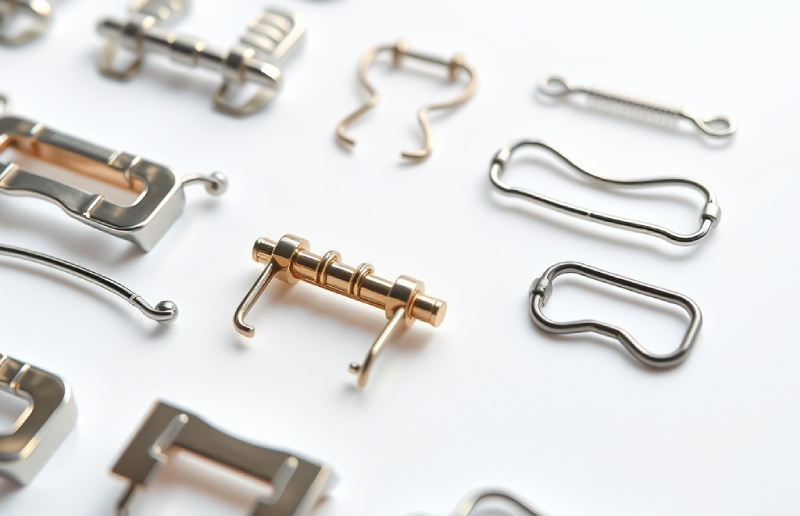
Which Clasp Types Go Over the Tooth?
First, let’s talk about suprabulge clasps. These clasps come over the big, round part of your tooth (near the top). Some of the main ones are:
Circumferential (Akers) Clasp
The Akers clasp, also called the circumferential clasp, is one of the most common. It’s shaped kind of like a “C” and covers about half the tooth from above. It’s great for tooth-supported partial dentures where you have strong, healthy teeth.
Good stuff:
- Easy to make and fix
- Holds tight and doesn’t move much
- Catches less food
Downsides:
- Metal may show when you smile
- Covers more of your tooth, so more places for plaque
Embrasure Clasp
This one looks like two arms that cross between two teeth—think of it like two Akers clasps together. It works well when you’re missing teeth on both sides, but there’s no gap between the teeth.
Good stuff:
- Holds well
- Good side-to-side support
Downsides:
- Can feel big in your mouth
- Isn’t very pretty
Ring Clasp
This clasp is almost a full circle. It wraps all the way around one tooth, especially if that tooth is tipping or leaning, or if the spot to hook onto is in a tough place.
Good stuff:
- Helps hold onto tilted teeth
Downsides:
- Covers more of your tooth, can look odd
- Harder to clean around
Reverse Action (Hairpin) Clasp
This clasp bends back on itself like a bobby pin. It’s helpful when the hook has to grab near the gums, close to where teeth are missing.
Good stuff:
- Works in small, hard-to-reach places
Downsides:
- Food gets stuck pretty easily
- Not great for looks or flexing with your mouth
Which Clasp Types Wrap Around the Gums?
Now let’s talk about infrabulge clasps, or bar clasps. These start near the gum line and come up to grab your tooth from below.
I-Bar Clasp
The I-bar clasp looks like a skinny stick. It comes up from the side near the gum and snaps into a notch on the outside of your tooth.
Good stuff:
- Barely noticeable when you smile
- Doesn’t touch much of your tooth—easier to keep clean
- Bends a bit to avoid putting too much pressure
Downsides:
- Needs enough gum room to fit right
- Can get bent out of shape with time
- Might get more food stuck
T-Bar and Y-Bar Clasps
These work much like the I-bar but spread out at the end, like a T or Y. This helps grab better in some spots.
Good stuff:
- Still looks good, comfortable
- Gives a bit more support
Downsides:
- Touches more tooth than an I-bar
- Needs enough space by the gum
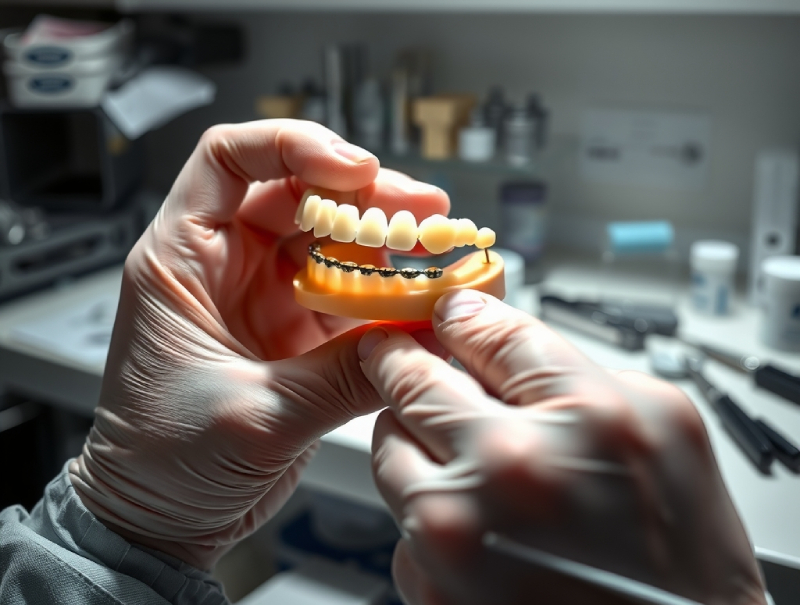
Are There Special or Mixed Clasp Designs?
Yes! Sometimes your dentist needs more grip or wants your denture to show less. That’s when they might use combination or special clasps.
Combination Clasp
Here, you combine a stiff metal bracing arm with a bendy wire arm.
Good stuff:
- Stays flexible
- Metal is less obvious
- Less force on your tooth
Downsides:
- More work to make
- Needs a good dental lab
RPI Clasp Assembly
This is a “gold standard” for distal extension dentures (the kind that hang off the end teeth). RPI stands for Rest, Proximal plate, and I-bar.
Good stuff:
- Helps stop damage to teeth and gums
- Hides metal pretty well
Downsides:
- Must be made just right
- Doesn’t brace as strongly if not done properly
RPA Clasp Assembly
This is like the RPI, except you use a curved Akers clasp instead of the I-bar.
Good stuff:
- Less stress on the tooth
- Good for when the I-bar won’t fit
Downsides:
- Covers more tooth than RPI
- Doesn’t hide as well
What Are Clasps Made From?
What the clasp is made of changes how strong it is, how it looks, and how comfortable it feels.
Metal Alloys
Most common metals are cobalt-chromium (Co-Cr), nickel-chromium (Ni-Cr), titanium, and sometimes gold. These metals are tough and hold their shape.
Good stuff:
- Lasts a long time
- Holds on tight
- Can be fixed if broken
Downsides:
- You see the metal color
- Some people are allergic
- Might taste weird
Flexible Thermoplastic Resins
Brands like Valplast or Duraflex use a material like nylon. These make “invisible” clasps.
Good stuff:
- Great if you’re allergic to metal
- Bend and feel soft
- Match your gum or tooth color
Downsides:
- Wear out faster than metal
- Hard or impossible to fix if broken
- Collect more plaque
Clear or Tooth-Colored Polymers
Materials like Ultaire AKP look more natural.
Good stuff:
- Strong and nice-looking
- No metal taste
Downsides:
- Still not as strong as metal
- Often cost more
How Do You Pick the Right Clasp for You?
You want something steady, comfortable, that looks good, and is easy to clean—but you can’t always have every feature! Here’s what your dentist thinks about:
- Your Tooth Shape and Health: Is your tooth shaped so the clasp can grab it? Is your tooth and gum healthy?
- Which Teeth are Missing: Are you missing teeth at the back, or in between?
- Looks: Will the metal show when you smile? If yes, think about hidden or clear clasps.
- Cleaning: Can you brush around the clasp? Some catch more food.
- Your Abilities: Flexible and clear clasps work if you can’t use rigid ones, but metal lasts longer.
- Lab Equipment: Not every dental office can make every kind of clasp.
- Any Allergies, Tastes, or How Hard You Chew: These will help you pick.
What Problems Can Happen With Denture Clasps?
All clasp types and materials can have troubles as time goes on. Knowing what to look for helps you fix things before they get bad.
- Clasp Loosening: Metal arms can bend or wear out.
- Breakage: Bending too much, chewing hard, or accidents can break clasps.
- Irritation or Soreness: Bad fit, sharp edges, or germs under the arm can annoy your gums.
- Plaque Build-up: Big clasps can trap food and germs.
- Staining: Clear or soft clasps may get colored or dirty as you use them.
A good dentist can fix most of these problems if you get help soon!
How Can You Keep Your Clasps Working Their Best?
To keep your clasp working well, keep your denture clean and see your dentist on a regular basis. Here’s my best advice, from years of helping people (and my own family members).
- Brush your dentures and clasps every day with a soft brush. Focus on the arms and rest areas.
- Rinse after you eat to stop food from getting stuck.
- Don’t try to bend metal clasps yourself! Always let dental staff make changes.
- Soak your denture at night in a cleaner, unless your dentist says not to.
- See your dentist once or twice a year for a check-up and clean.
- Speak up if the clasp feels loose or hurts. The sooner it’s fixed, the better for your teeth and denture.
Frequently Asked Questions (FAQ)
Q: Will a partial denture clasp hurt my real teeth?
A: Not if it’s made and fit the right way! A good clasp spreads the force and avoids hurting teeth. Regular dental visits really help.
Q: Can I choose a soft or clear clasp if I don’t want metal showing?
A: Yes, often you can! Flexible and clear types are great for the front or if you’re allergic to metal. Your dentist can help you pick.
Q: What if my clasp breaks?
A: Most metal clasps can be repaired or switched out. Flexible ones are harder to fix, so you might need a new denture.
Q: How long will my clasp last?
A: Metal clasps can last 5-10 years or more if you take care of them. Flexible or clear ones may need changing sooner.
Key Takeaways
- Partial denture clasps help keep your denture steady, comfy, and looking nice.
- There are many types of clasps: Akers (circumferential), I-bar, RPI, combination, bendy, and clear. Each kind has its good points and bad points.
- What they’re made from matters: you can go with metal, soft plastic, or clear options.
- The best clasp for you depends on your mouth, your teeth, and your needs.
- Taking care of them and seeing your dentist often keeps your clasps working their best.
- Always chat to your dentist before deciding on a denture.
References:
- Stewart KL, Rudd KD, Kuebker WA. Clinical Removable Partial Prosthodontics. 2nd Edition. 1983.
- Phoenix RD, Cagna DR, DeFreest CF. Stewart’s Clinical Removable Partial Prosthodontics. 4th Edition. 2008.
- Zarb GA, Finer Y, Eckert SE, Jacob RF. Prosthodontic Treatment for Edentulous Patients. 13th Edition. 2020.


